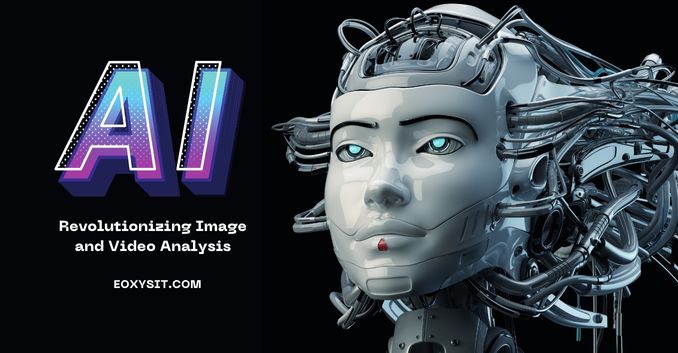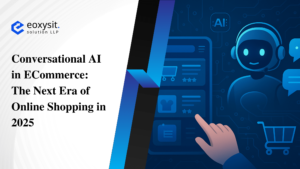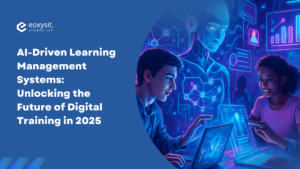
AI in Computer Vision: Revolutionizing Image and Video Analysis
Computer vision is a subfield of artificial intelligence (AI) that enables a computer to use cameras or other devices to see like a human being. This field is vital in today’s development, ranging from medical uses to machine intelligence-based cars. Deep learning has been the key driver in recent advancements in computer vision since it allows algorithms to achieve great accuracy and efficiency in processing images and videos.
Core Technologies in AI-Powered Computer Vision
AI-powered computer vision relies on a few key technologies that make image and video analysis possible:
- Age Recognition: This technology recognizes an object, face, and scene in a picture and is the base for many other features like face recognition and photo tagging.
- Object Detection: Identifies more than one object in a frame, extending its usefulness to areas of traffic analysis and self-driving vehicles.
- Semantic Segmentation: Associates every pixel in a picture with a tag, making it possible to get a vast context of a basic and helpful model, especially in medical imaging.
- Tools and Frameworks: OpenCV, TensorFlow, PyTorch, and YOLO have the best features for implementing and optimizing computer vision.
Applications of Computer Vision
The impact of AI-powered computer vision is felt across various sectors:
- Facial Recognition: Widely used in security systems, social networks, and access control throughout identity verification procedures.
- Autonomous Vehicles: Assists sensor fusion, helping cars determine lanes, people, and traffic signs from the external environment for better self-driving capabilities.
- Healthcare: Modern vision systems based on AI help improve early disease detection and accuracy of diagnostics through analyzing X-rays and MRIs.
- Retail and E-commerce: Breakthrough technology for visual search, inventory management, and customer engagement.
- Entertainment: Revolutionizes video content creation and experiences, from special effects to scene analyses.
Challenges in Computer Vision
- Real-World Variability: Models that employ computer vision may struggle with real-life constraints such as lighting changes, occlusion, and clutter, affecting stability and accuracy.
- Ethical Concerns: Privacy invasion and biases in AI algorithms pose challenges that need resolution.
Future Trends in AI-Driven Computer Vision
- Advancements in 3D Vision and Augmented Reality (AR): AI will enhance experiences in retail, healthcare, and education through immersive visual interactions.
- Generative Models: Generative adversarial networks (GANs) will impact entertainment, training simulations, and synthetic data generation.
- Real-Time Video Analysis: Machine learning technologies will enable security and surveillance improvements through real-time video processing.
The Bottom Line
Computer vision based on AI is revolutionizing how we perceive the environment through images and videos. It enhances security, transforms healthcare, and reshapes industries. However, ethical considerations remain crucial as this technology advances. The future of computer vision is promising, driving further innovation and improving everyday life.



